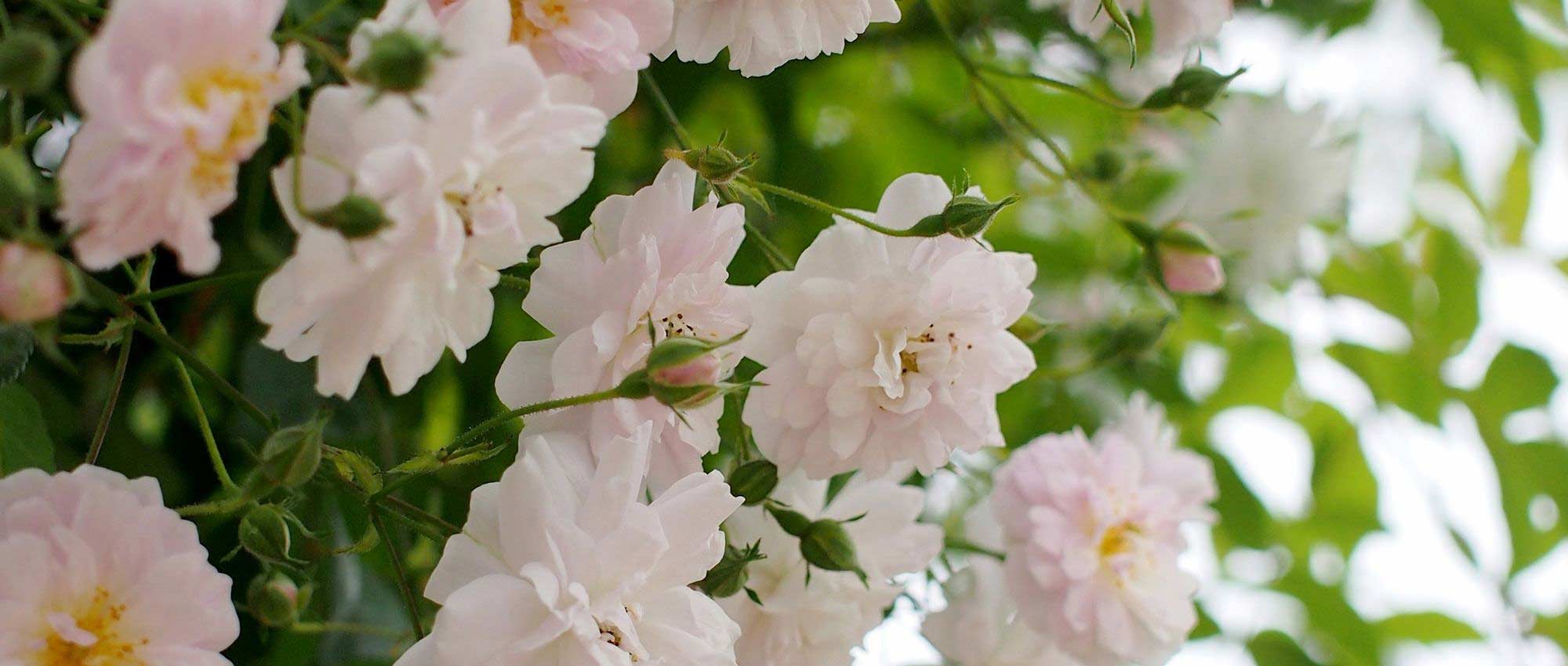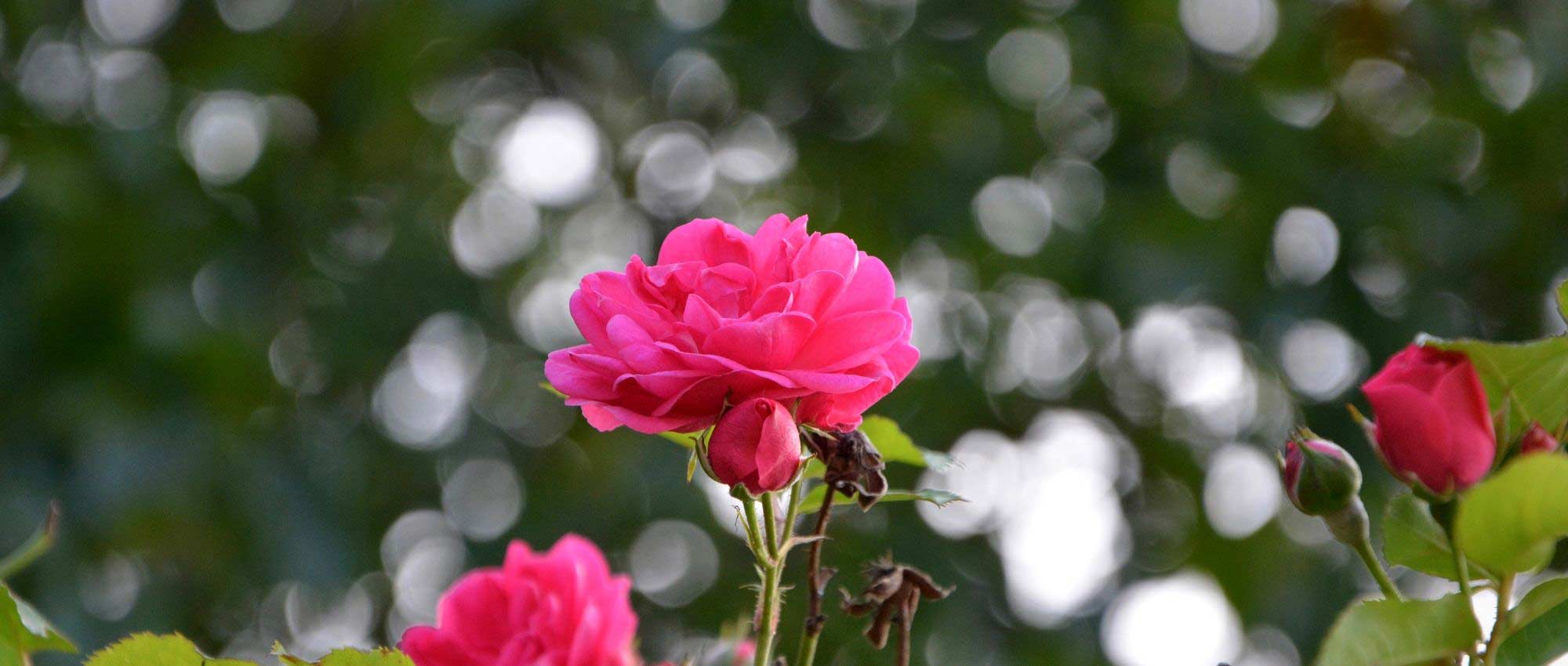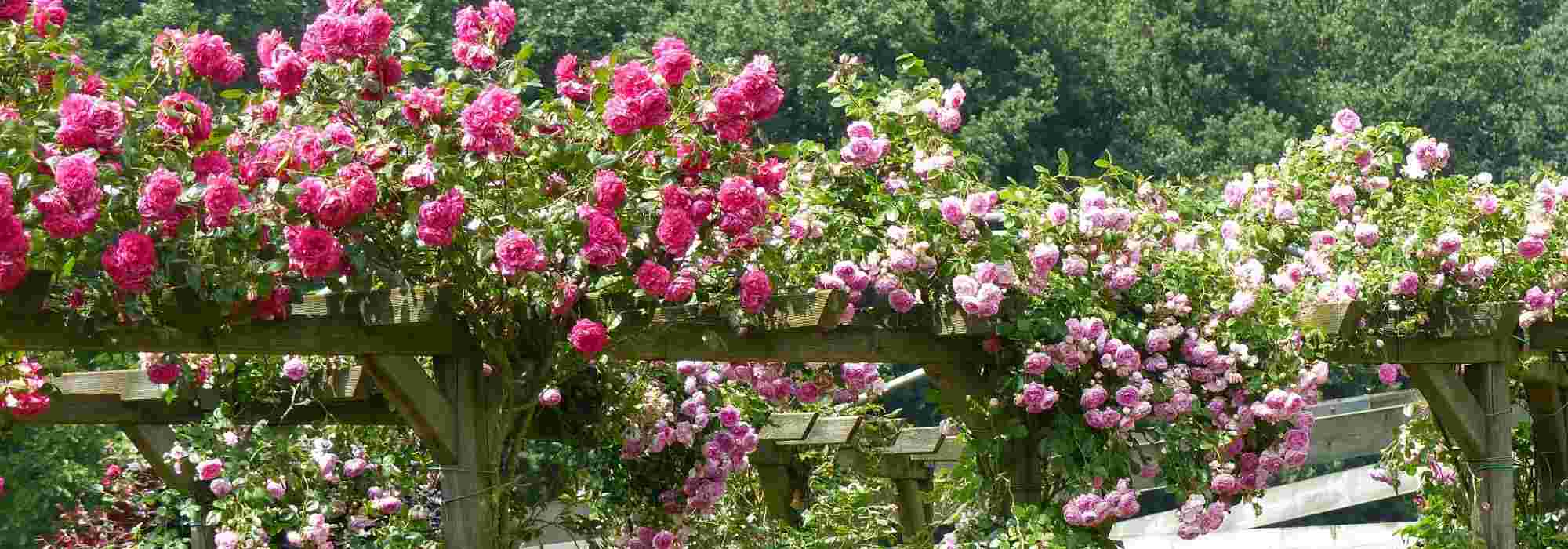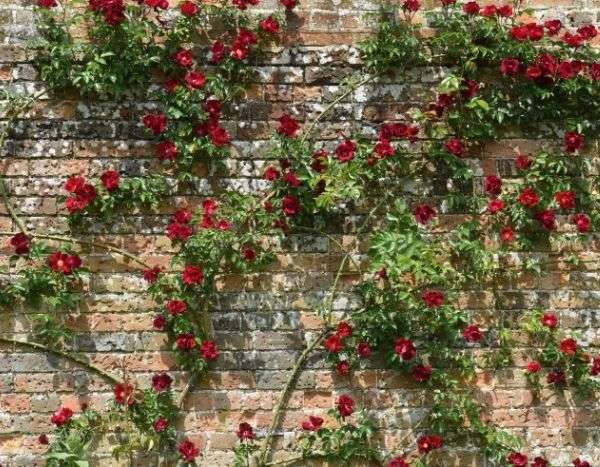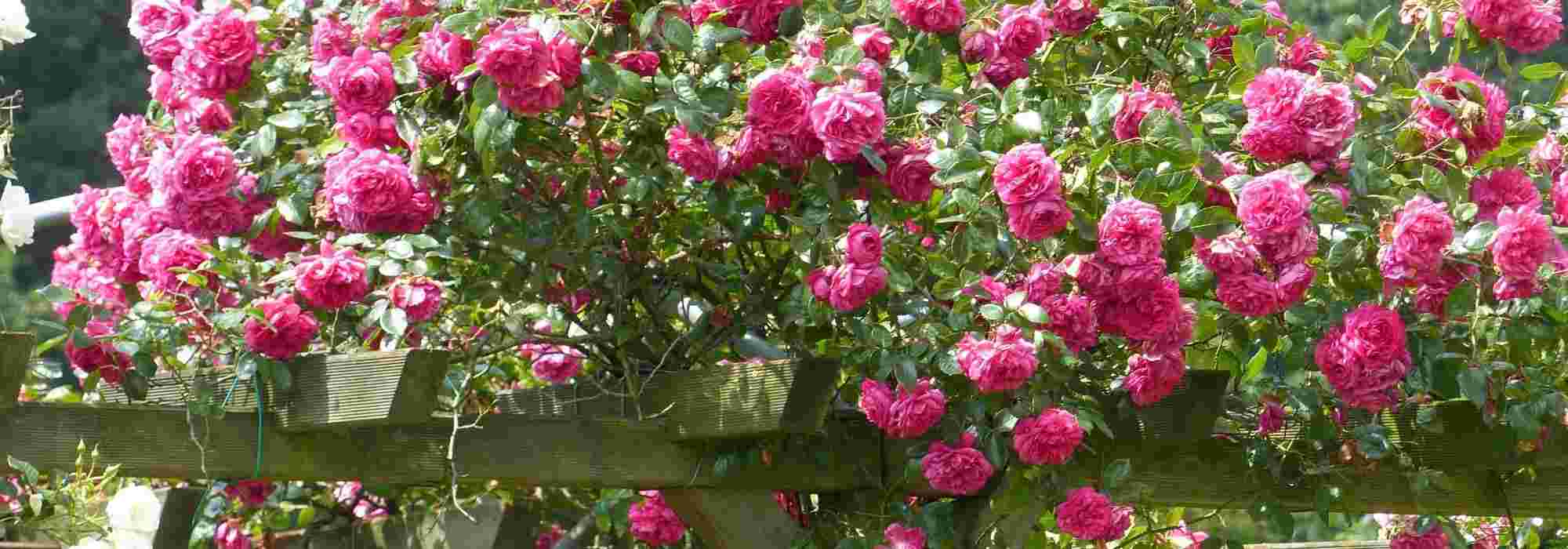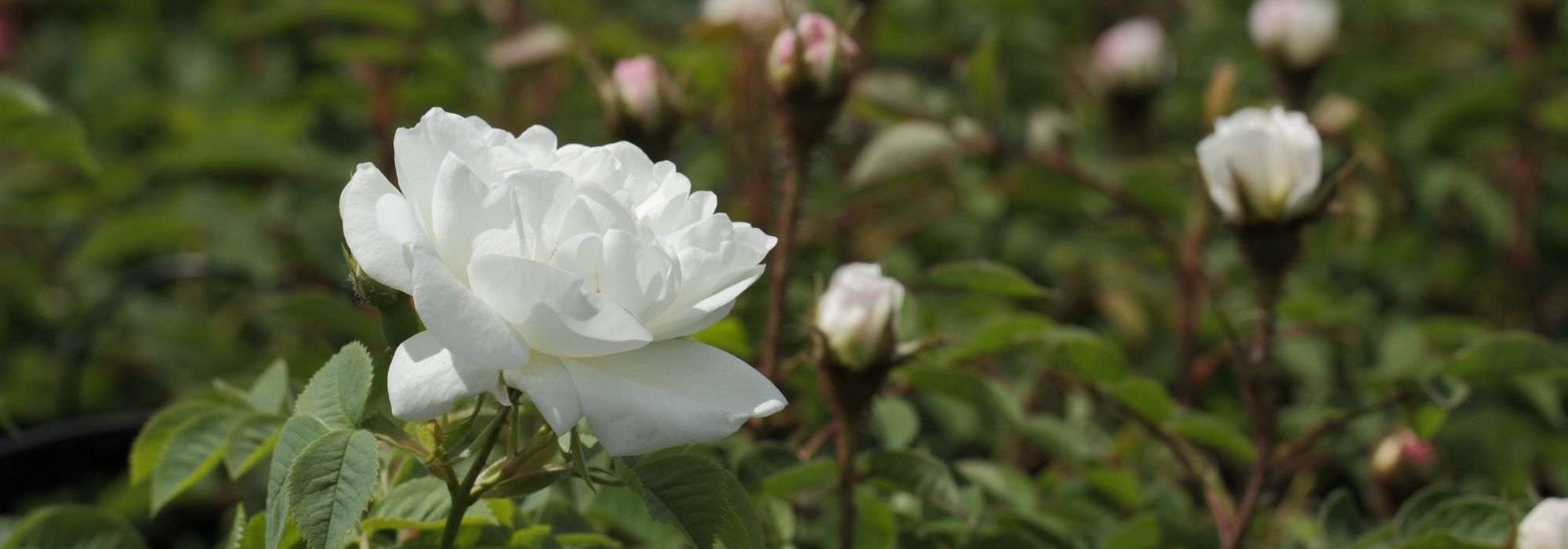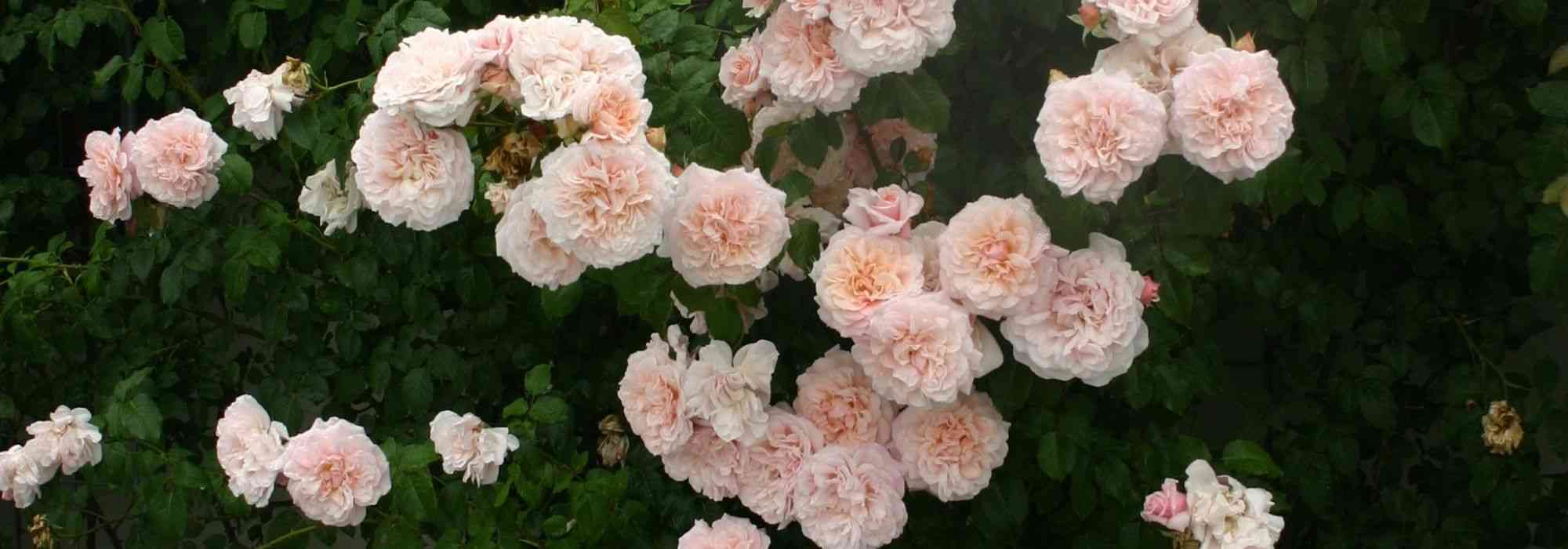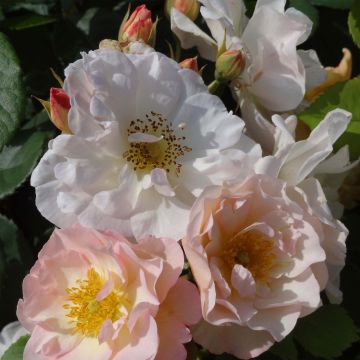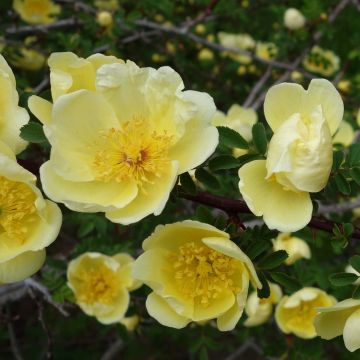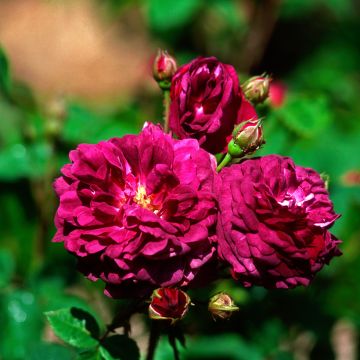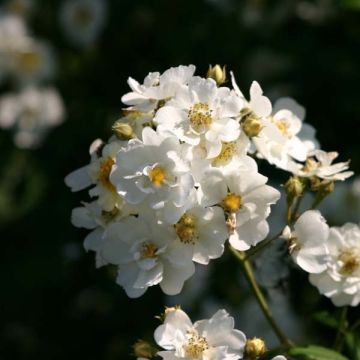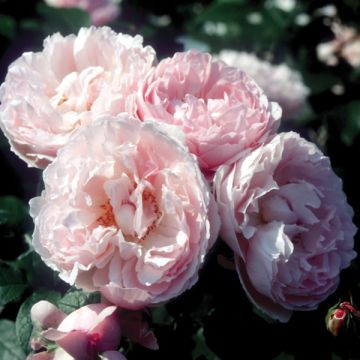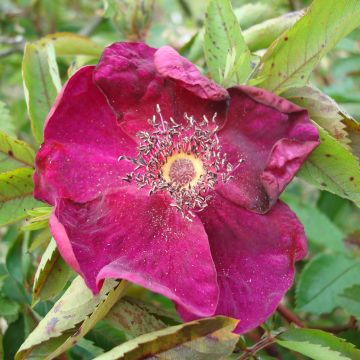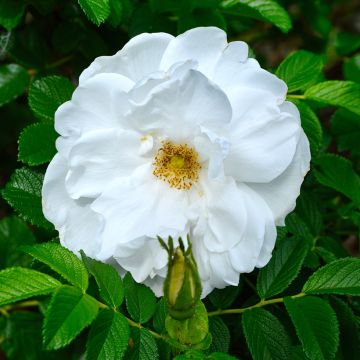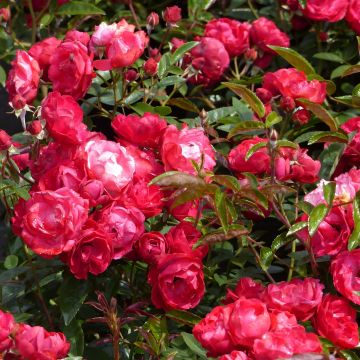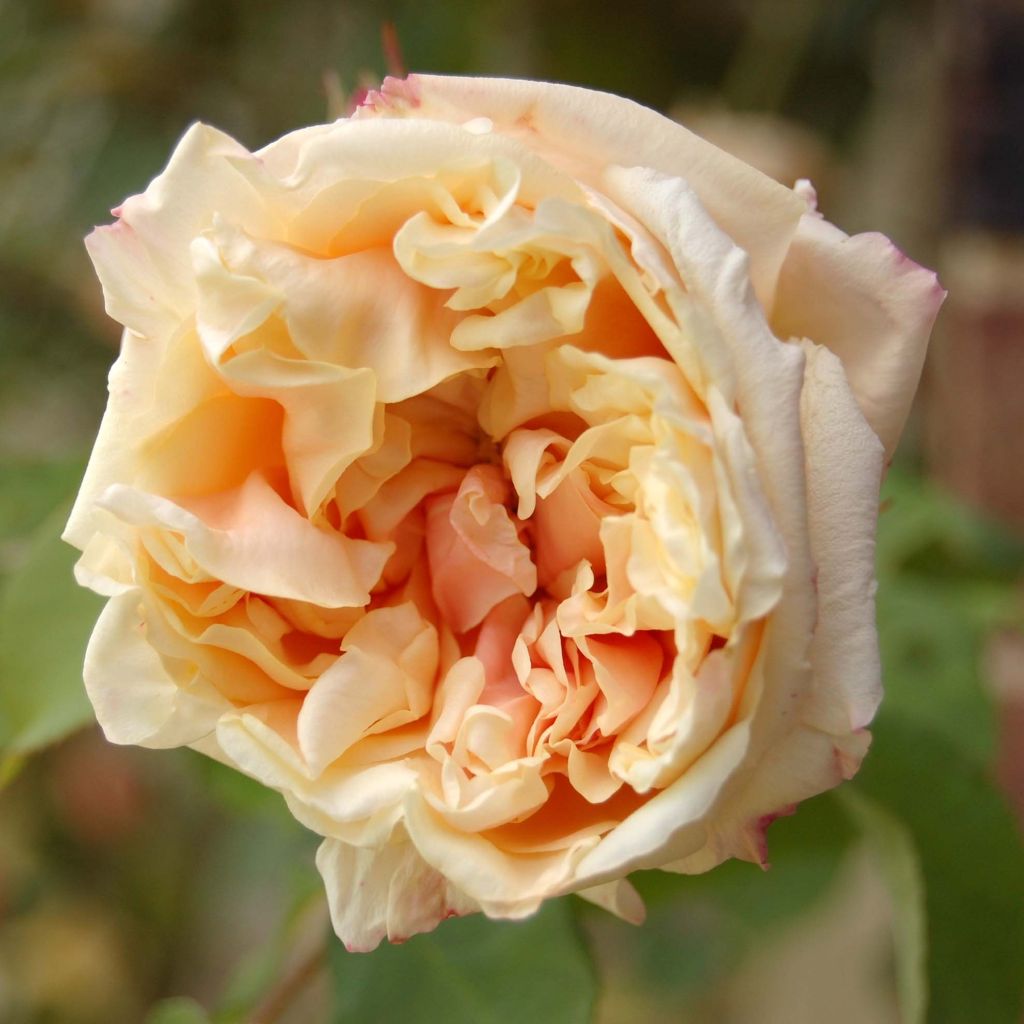

Rosa 'Gloire de Dijon'


Rosa 'Gloire de Dijon'
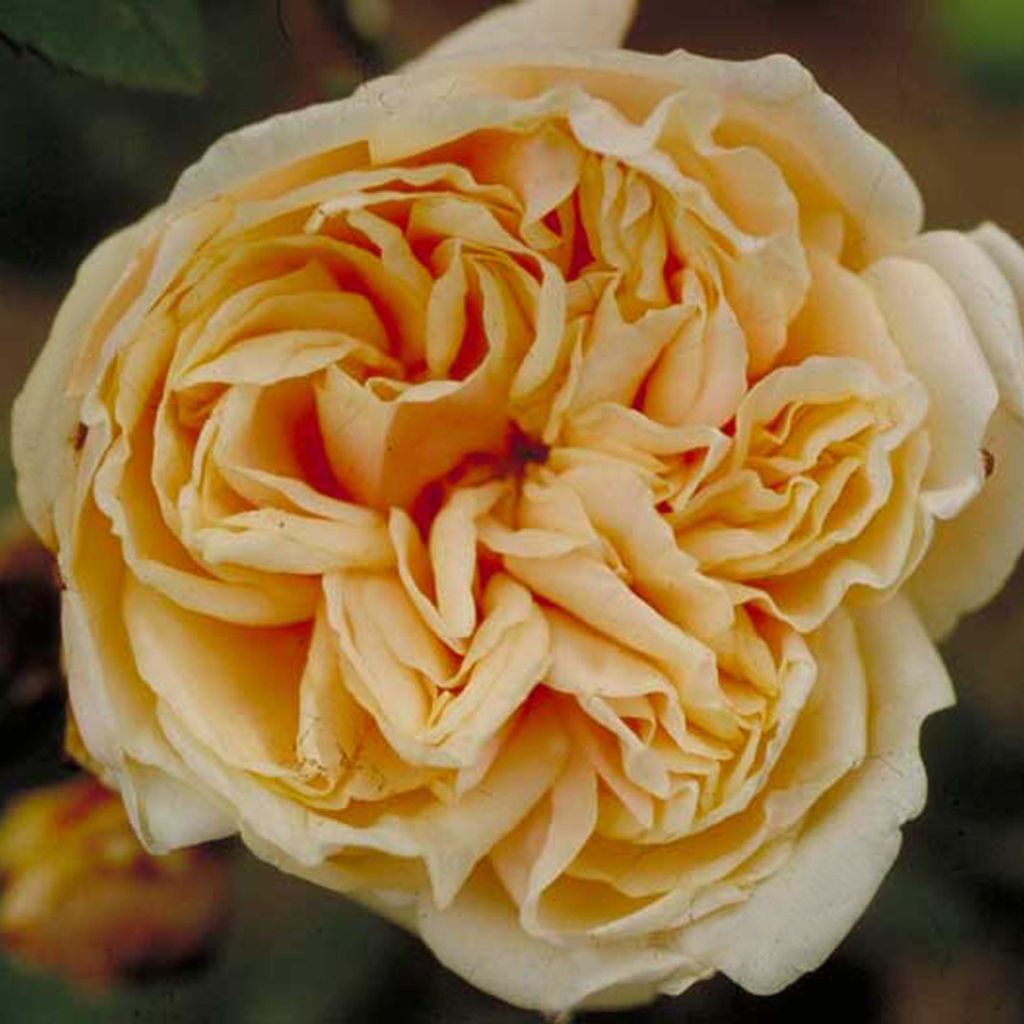

Rosa 'Gloire de Dijon'
View more pictures
Hide images
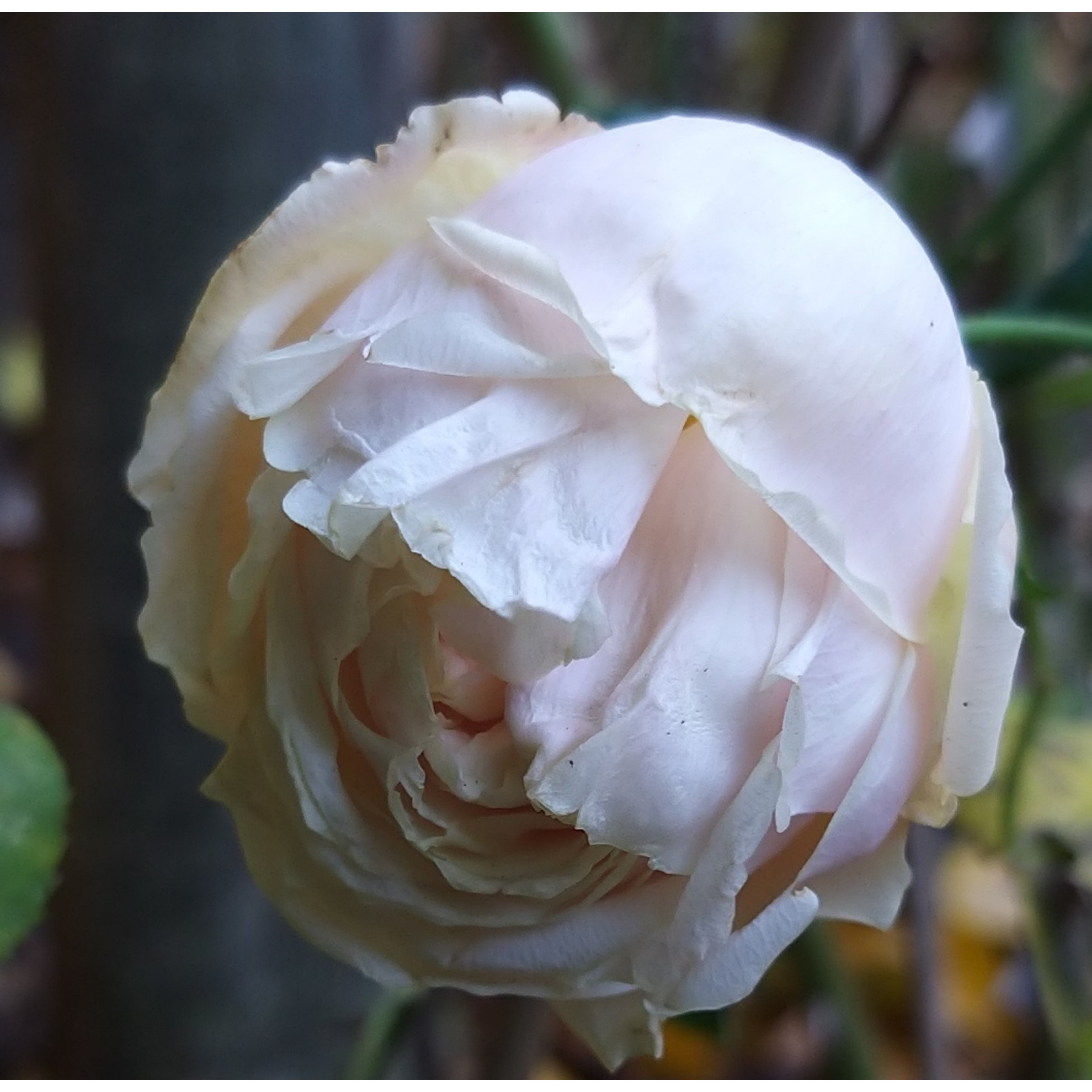
Thierry P.

November flowering - image 5
Thierry P. • 84 FR
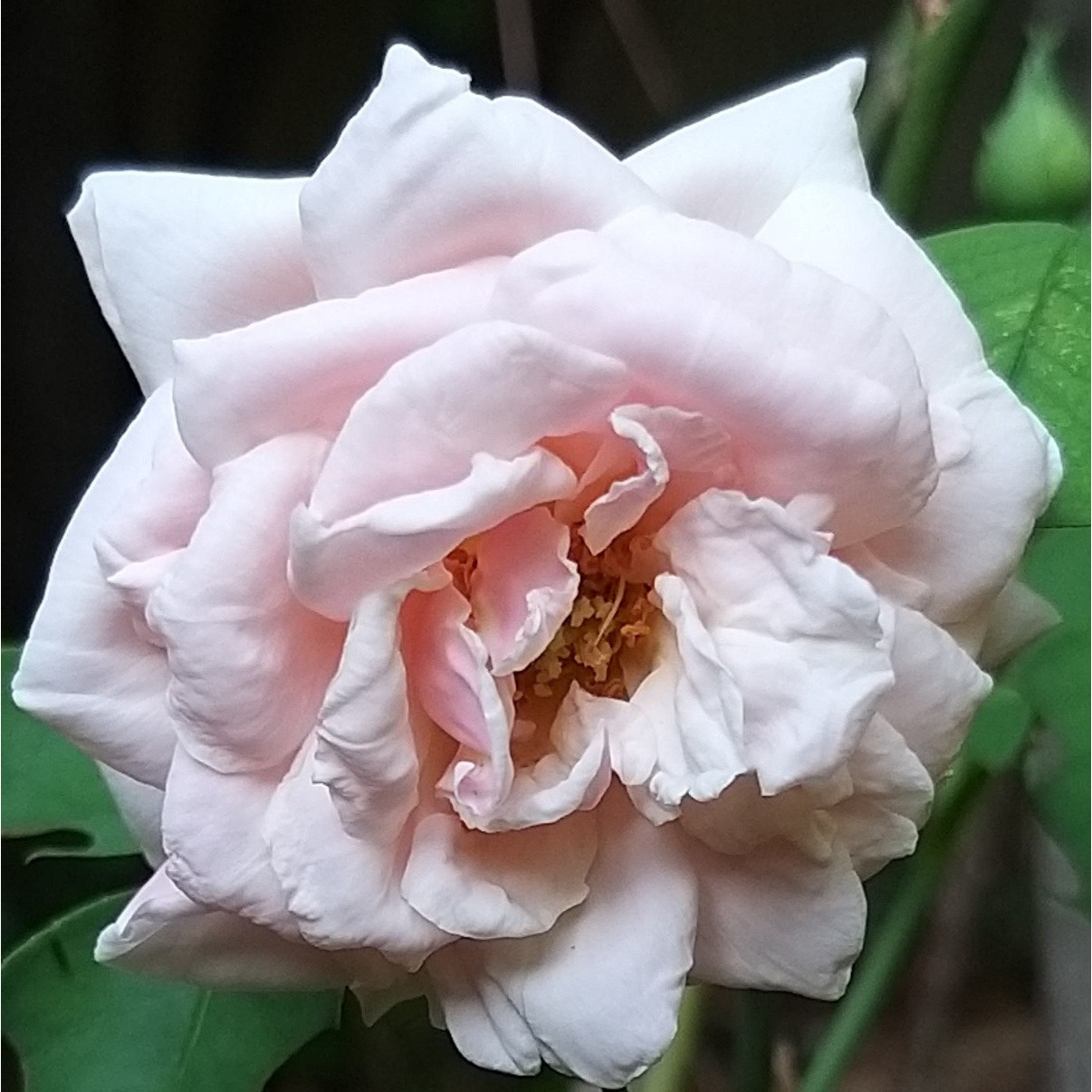
Thierry P.

September flowering - image 4
Thierry P. • 84 FR

Thierry P.

July flowering - image 3
Thierry P. • 84 FR
Rosa 'Gloire de Dijon'
Rosa Gloire de Dijon
Gloire de Dijon
I am very disappointed with this rose bush that seemed promising to me and never really took off. Planted last autumn, it remained stunted, hardly produced any flowers, and did not grow. I was looking forward to seeing it cover a wall and intertwine with the honeysuckle next to it. What a shame.
Marie, 30/09/2023
Special offer!
Receive a €20 voucher for any order over €90 (excluding delivery costs, credit notes, and plastic-free options)!
1- Add your favorite plants to your cart.
2- Once you have reached €90, confirm your order (you can even choose the delivery date!).
3- As soon as your order is shipped, you will receive an email containing your voucher code, valid for 3 months (90 days).
Your voucher is unique and can only be used once, for any order with a minimum value of €20, excluding delivery costs.
Can be combined with other current offers, non-divisible and non-refundable.
Home or relay delivery (depending on size and destination)
Schedule delivery date,
and select date in basket
We guarantee the quality of our plants for a full growing cycle, and will replace at our expense any plant that fails to recover under normal climatic and planting conditions.
Description
It is said that an amateur gardener created the 'Gloire de Dijon' climbing rose. However, this beautiful flower has become famous worldwide and is named after the city of Dijon. This rose has always been a popular favourite and is widely available commercially. This ancient rose produces large, delicately scented flowers that slowly bloom in flat, well-double cups where different shades of pale yellow, soft apricot, and pink blend together, the intensity depending on the climate. They bloom abundantly in June and continue throughout the summer until they repeat flower in the autumn with smaller but much more colourful flowers. 'Gloire de Dijon', truly surprising, thrives in dry and poor soils and partially shaded exposures. Luxurious for some, it will languish for others without anyone knowing why. But the beauty of this rose diva deserves an attempt to tame it in the garden!
'Gloire de Dijon' is one of the most stunning climbing roses of the 19th century, born around 1850. It resulted from cross-breeding between 'Desprez à fleurs jaunes' and 'Souvenir de la Malmaison'. Henri Jacotot, a French creator, was responsible for its creation. This sarmentous rose has a complex genealogy, including a Noisette Rose and Tea Roses. It has an elegant climbing habit and rapid growth, reaching over 3m (10ft) in height with long, flexible and lightly thorny stems. The young stems and shoots are red; the foliage is deciduous, acid green in spring and matte green in summer with reddish veins. When crushed, the aromatic foliage emits a musky scent. Note that the branches tend to become bare at the base sometimes.
Flowering begins in June (sometimes as early as May if the weather is mild) and continues until November. The flowers, solitary or grouped in small bouquets, emerge from pointed buds, a tender pinkish-yellow colour. Globular at first, they open into wide, open, well-double cups, divided into four quarters. They measure about 9 cm (4in) in diameter and comprise many small crumpled petals. Their colour, complex and somewhat indescribable, varies depending on their age, the plant's exposure and the temperature. More double and lighter, generally vanilla yellow to chamois at the beginning of the season, they will resemble more rounded dog roses in autumn with warmer shades of apricot, salmon pink, and warm yellow to cream. This rose has a pleasant tea fragrance that is not too strong. It is resistant to some diseases but can develop black spots and powdery mildew in humid areas if planted against a sunny wall. This rose has been propagated a lot, so some disappointing hybrids exist.
'Gloire de Dijon' is an exciting climbing plant that can add lushness and colour to partially shaded garden areas, especially in dry and hot climates. It is tough and undemanding and can thrive in cooler and warmer regions with a bit of care during planting and the first few years of cultivation. If kept under 4.5 metres (15 feet), it can be trained as a large bush and climb less when regularly pruned. After three years of cultivation, it will moderate its growth while remaining strong. It can be used to decorate gates, fences, and small pergolas and planted behind flower beds. Its refined and pastel-coloured roses are delicately scented and can be used in beautiful bouquets.
This fabulous rose originates from famous varieties such as Conrad Ferdinand Meyer and Phyllis Bide.
Rosa 'Gloire de Dijon' in pictures
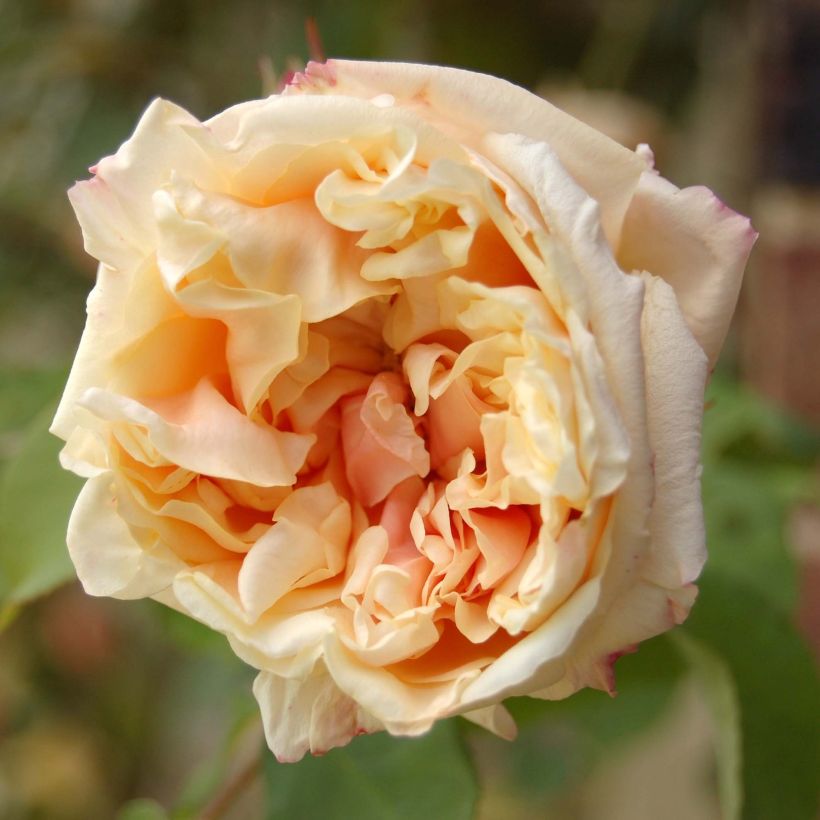

Plant habit
Flowering
Foliage
Botanical data
Rosa
Gloire de Dijon
Rosaceae
Gloire de Dijon
Cultivar or hybrid
Rosa canina Laxa (Wrapped bare root, 4L/5L pot)
Planting and care
The 'Gloire de Dijon' rose adapts to all types of deep soil, even heavy or sandy, moist to dry in summer, as long as you take care of the planting, ensuring it doesn't lack water at the start and long-term nutrients. Plant it in well-worked ordinary soil, deeply and properly drained (by adding light compost or river sand mixed with your garden soil). Choose a sunny exposure in the north of our country, but semi-shaded or even shaded in hot climates. Plant it in autumn, never when it freezes. This variety dislikes being planted against a too hot wall; an exposure that makes it very susceptible to rose diseases (black spot, powdery mildew).
Pruning: Old roses should be pruned after flowering, in summer, sparingly. To rejuvenate the plant, in winter, keep the main branches of your rose to preserve its structure. Only remove the lateral branches, cutting them 3 to 5 cm (1 to 2in) from the main branches. This pruning promotes flower production at the base of the plant. Quite hardy, this rose can withstand -20°C (-4°F). It may be useful to remove dead wood in winter, and to remove faded flowers if you do not want fruit formation. If necessary, in spring, after the risk of frost, a light pruning can be done. Climbing roses can also be left to grow freely if you have large spaces.
If you plant a climbing rose next to a living tree, the rose's root system will compete with that of the already well-established tree. To control watering, a tip: plant the rose in a large container with a perforated bottom, at the base of the tree. The tree's roots will not penetrate the container for at least a year. Remove the container after 1 year, for example by cutting one side, without disturbing the rose's root system. By then, the rose will have had time to develop its root system deeply and will be more resistant.
Roses are often discolored or blemished at the end of summer. However, this is a natural and harmless occurrence that does not affect the growth of the rose.
Planting period
Intended location
Care
Planting & care advice
-
, onOrder confirmed
Reply from on Promesse de fleurs
Similar products
Haven't found what you were looking for?
Hardiness is the lowest winter temperature a plant can endure without suffering serious damage or even dying. However, hardiness is affected by location (a sheltered area, such as a patio), protection (winter cover) and soil type (hardiness is improved by well-drained soil).

Photo Sharing Terms & Conditions
In order to encourage gardeners to interact and share their experiences, Promesse de fleurs offers various media enabling content to be uploaded onto its Site - in particular via the ‘Photo sharing’ module.
The User agrees to refrain from:
- Posting any content that is illegal, prejudicial, insulting, racist, inciteful to hatred, revisionist, contrary to public decency, that infringes on privacy or on the privacy rights of third parties, in particular the publicity rights of persons and goods, intellectual property rights, or the right to privacy.
- Submitting content on behalf of a third party;
- Impersonate the identity of a third party and/or publish any personal information about a third party;
In general, the User undertakes to refrain from any unethical behaviour.
All Content (in particular text, comments, files, images, photos, videos, creative works, etc.), which may be subject to property or intellectual property rights, image or other private rights, shall remain the property of the User, subject to the limited rights granted by the terms of the licence granted by Promesse de fleurs as stated below. Users are at liberty to publish or not to publish such Content on the Site, notably via the ‘Photo Sharing’ facility, and accept that this Content shall be made public and freely accessible, notably on the Internet.
Users further acknowledge, undertake to have ,and guarantee that they hold all necessary rights and permissions to publish such material on the Site, in particular with regard to the legislation in force pertaining to any privacy, property, intellectual property, image, or contractual rights, or rights of any other nature. By publishing such Content on the Site, Users acknowledge accepting full liability as publishers of the Content within the meaning of the law, and grant Promesse de fleurs, free of charge, an inclusive, worldwide licence for the said Content for the entire duration of its publication, including all reproduction, representation, up/downloading, displaying, performing, transmission, and storage rights.
Users also grant permission for their name to be linked to the Content and accept that this link may not always be made available.
By engaging in posting material, Users consent to their Content becoming automatically accessible on the Internet, in particular on other sites and/or blogs and/or web pages of the Promesse de fleurs site, including in particular social pages and the Promesse de fleurs catalogue.
Users may secure the removal of entrusted content free of charge by issuing a simple request via our contact form.
The flowering period indicated on our website applies to countries and regions located in USDA zone 8 (France, the United Kingdom, Ireland, the Netherlands, etc.)
It will vary according to where you live:
- In zones 9 to 10 (Italy, Spain, Greece, etc.), flowering will occur about 2 to 4 weeks earlier.
- In zones 6 to 7 (Germany, Poland, Slovenia, and lower mountainous regions), flowering will be delayed by 2 to 3 weeks.
- In zone 5 (Central Europe, Scandinavia), blooming will be delayed by 3 to 5 weeks.
In temperate climates, pruning of spring-flowering shrubs (forsythia, spireas, etc.) should be done just after flowering.
Pruning of summer-flowering shrubs (Indian Lilac, Perovskia, etc.) can be done in winter or spring.
In cold regions as well as with frost-sensitive plants, avoid pruning too early when severe frosts may still occur.
The planting period indicated on our website applies to countries and regions located in USDA zone 8 (France, United Kingdom, Ireland, Netherlands).
It will vary according to where you live:
- In Mediterranean zones (Marseille, Madrid, Milan, etc.), autumn and winter are the best planting periods.
- In continental zones (Strasbourg, Munich, Vienna, etc.), delay planting by 2 to 3 weeks in spring and bring it forward by 2 to 4 weeks in autumn.
- In mountainous regions (the Alps, Pyrenees, Carpathians, etc.), it is best to plant in late spring (May-June) or late summer (August-September).
The harvesting period indicated on our website applies to countries and regions in USDA zone 8 (France, England, Ireland, the Netherlands).
In colder areas (Scandinavia, Poland, Austria...) fruit and vegetable harvests are likely to be delayed by 3-4 weeks.
In warmer areas (Italy, Spain, Greece, etc.), harvesting will probably take place earlier, depending on weather conditions.
The sowing periods indicated on our website apply to countries and regions within USDA Zone 8 (France, UK, Ireland, Netherlands).
In colder areas (Scandinavia, Poland, Austria...), delay any outdoor sowing by 3-4 weeks, or sow under glass.
In warmer climes (Italy, Spain, Greece, etc.), bring outdoor sowing forward by a few weeks.


































